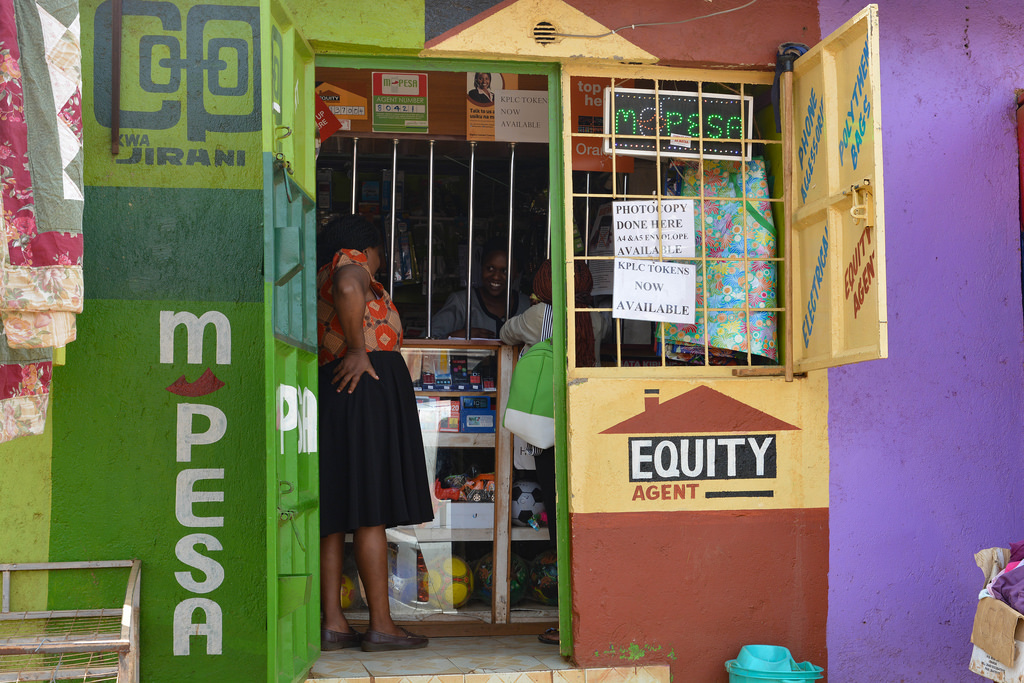Kenya’s ICT services in Q3 2023 show a decrease in mobile money subscriptions, Safaricom’s dominance in the market, a rise in mobile and 5G subscriptions, and a higher penetration rate of feature phones over smartphones.
Kenya’s ICT regulator, the Communications Authority (CA), has released interesting numbers that shed light on the country’s ICT services for the third quarter of its financial year (January to March 2023). The data is provided by different players in the industry, including mobile carriers and broadband providers, as per their license obligations.
There is no beating M-PESA
Mobile money subscriptions in Kenya decreased to 38.4 million in March 2023 from 38.6 million in the previous quarter. This represents a penetration rate of 76.0%, a 2.2% decrease from the previous quarter. The penetration rate decline is due to the decline in activities in mobile money services during the quarter under review.
Safaricom’s M-PESA tops the mobile money market share at 96.5%. Airtel Money comes in second at just 3.4%, followed by Telkom Kenya’s T-Kash at 0.1%.
Through the Central Bank of Kenya (CBK), the state has been trying to make the mobile money space fair for all mobile money services, but such activities have not favoured small players. M-PESA is a dominant player in the payment services market in Kenya. Although Safaricom vehemently denies it is dominant, M-PESA takes the lion’s share of payment services channels. These channels have since been made interoperable, but the biggest boost could arise from agency interoperability. This could allow customers to use Airtel Money and T-Kash more by accessing M-PESA’s vast agency network. Currently, there are over 331,000 registered mobile money agents in the country.
A jump in mobile subscriptions
The number of active mobile SIM subscriptions in Kenya increased to 66.1 million in March 2023, up from 65.7 million in the previous quarter. This represents a mobile penetration rate of 130.5%, a drop of 2.6% from the previous quarter. The decrease in the penetration rate has been linked to the revision of the country’s population figures from 49.4 million to 50.6 million.
Safaricom leads in subscriptions with over 43.7 million, followed by Airtel Kenya, Telkom Kenya, Equitel, and JTL at 17.6 million, 2.7 million, 1.5 million, and 368,250 SIM subscriptions, respectively.
5G numbers are growing
The overall number of mobile data/internet subscriptions during the quarter reached 47.96 million. Of this figure, around 67.1% were explicitly for mobile broadband. It’s worth noting that the demand for faster Internet speeds has led to a continuous rise in mobile broadband adoption among consumers.
Over 21.2 million subscriptions are accessing the internet via 4G, followed by 2G at 17.7 million. 3G is still prominent, with over 10.5 million subscriptions. The latest generation, 5G, has 373,573 subscriptions, a notable jump from 299,000 recorded in the previous quarter.
Multiple companies now sell 5G-powered devices, including affordable Chinese brands such as Xiaomi, Samsung, and Apple. Safaricom is the only operator that offers 5G after commercially launching the service last October. It also offers 5G-specific data bundles with more data units than other bundles.
Feature phones still rule
The total number of mobile phone devices reached 62.96 million for the quarter under review. This translates to a device penetration rate of 124.5%, indicating more mobile phones than the total population. Further analysis reveals that the penetration rate for feature phones stood at 66.2% with over 33.4 million units, while for smartphones, it stood at 58.3% with 29.4 million handsets.





















